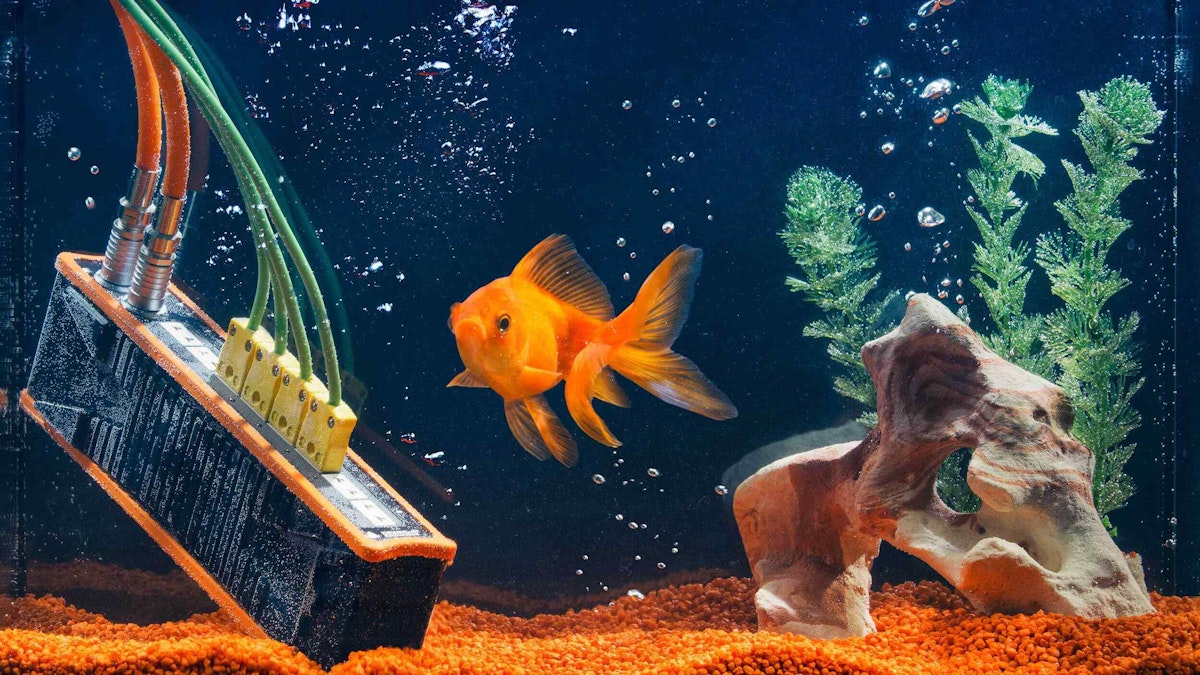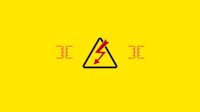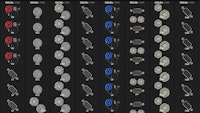Table of contents
Browse categories
Browse authors
 AB
ABAlberto Boffi
 AL
ALAlessia Longo
 AH
AHAl Hoge
 AB
ABAljaž Blažun
 BJ
BJBernard Jerman
 BČ
BČBojan Čontala
 CF
CFCarsten Frederiksen
 CS
CSCarsten Stjernfelt
 DC
DCDaniel Colmenares
 DF
DFDino Florjančič
 EB
EBEmanuele Burgognoni
 EK
EKEva Kalšek
 FB
FBFranck Beranger
 GR
GRGabriele Ribichini
Glacier Chen
 GS
GSGrant Maloy Smith
 HB
HBHelmut Behmüller
 IB
IBIza Burnik
 JO
JOJaka Ogorevc
 JR
JRJake Rosenthal
 JS
JSJernej Sirk
 JM
JMJohn Miller
 KM
KMKarla Yera Morales
 KD
KDKayla Day
 KS
KSKonrad Schweiger
Leslie Wang
 LS
LSLoïc Siret
 LJ
LJLuka Jerman
 MB
MBMarco Behmer
 MR
MRMarco Ribichini
 ML
MLMatic Lebar
 MS
MSMatjaž Strniša
 ME
MEMatthew Engquist
 ME
MEMichael Elmerick
 NP
NPNicolas Phan
 OM
OMOwen Maginity
 PF
PFPatrick Fu
 PR
PRPrimož Rome
 RM
RMRok Mesar
 RS
RSRupert Schwarz
 SA
SASamuele Ardizio
 SK
SKSimon Kodrič
 SG
SGSøren Linnet Gjelstrup
 TH
THThorsten Hartleb
 TV
TVTirin Varghese
 UK
UKUrban Kuhar
Valentino Pagliara
 VS
VSVid Selič
 WK
WKWill Kooiker
What Is a Thermocouple Sensor and How Does It Work?

February 9, 2023
In this article we will discuss how temperature is measured with thermocouples today, with enough detail so that you will:
See what thermocouples are and how they work
Learn the basic types of thermocouples available and how they are used
Understand how thermocouples can be interfaced with your DAQ system
Are you ready to get started? Let’s go!

Introduction
Did you know that temperature is the MOST often recorded physical measurement? Knowing the temperature is critical for the correct operation of everything from the human body to an automobile engine, and everything in between.
Temperature is measured with one or more kinds of temperature sensors. There are several available on the market today:
Thermocouple sensors (this article)
RTD sensors
Thermistor sensors
Infrared temperature sensors
What is a thermocouple?
A thermocouple is a sensor that is used for measuring temperature. The thermocouple is a very popular sensor to its relatively low cost, interchangeability, wide measuring range, and reliability.
Thermocouples are widely used across every industry, from factory automation and process control to automotive, aerospace, military, energy production, metals manufacturing, medical sciences, and countless more.
They have standard connector types, making them interchangeable and easy to source. On the measuring end of the sensor, they can be as simple as the two metals twisted together, or they can be enclosed within a rugged probe for use in rough industrial environments.
Although thermocouples are quite popular, accuracies much better than 1°C are not easily achieved with them. But regardless, due to their many advantages, they remain the most popular type of sensor used for industrial measurements today.
Thermocouple types
Pairing different kinds of metals give us a variety of measuring ranges. These are called “thermocouple types” and we know several of them:
Thermocouple Type K
Thermocouple type J
Thermocouple type T
Thermocouple type E
Thermocouple type R
Thermocouple type S
Thermocouple type B
Thermocouple type N
Thermocouple type C
Thermocouple types J, K, T, and E are also known as Base Metal Thermocouples. Types R, S, and B thermocouples are known as Noble Metal Thermocouples, which are used in high-temperature applications.
Thermocouple types by the range
| ANSI | IEC | Alloys Used | Widest Range | Magnetic? | Comments |
|---|---|---|---|---|---|
| J | J | Iron-Constantan | -40° to 750° C -40° to 1382° F | Yes | Better for high than low temperatures |
| K | K | Chromel-Alumel | −200° to 1350 °C −330° to 2460 °F | Yes | Widest range, most popular. Nickel is magnetic. |
| T | T | Copper(Cu) | -270 to 400° C -454 to 752° F | No | Good for lower temperatures and damp environments. |
| E | E | Chromel-Constantan | −50° to 740 °C | No | Good for cryogenic use. |
| N | N | Nicrosil(Ni-Cr-Si) | -270 to 1300° C -450 to 2372° F | No | Wide range of temperatures, more stable than type K |
| B | B | Platinum-30% Rhodium(Pt-30% Rh) | 0 to 1820° C 32 to 3308° F | No | High temperature, do not insert in metal tubes |
| R | R | Platinum-13% Rhodium(Pt-13% Rh) | -50 to 1768° C -58 to 3214° F | No | High temperature, do not insert in metal tubes |
| S | S | Platinum-10% Rhodium(Pt-10% Rh) | -50 to 1768° C -58 to 3214° F | No | High temperature, do not insert in metal tubes |
| C W3 W5 | C W3 W5 | Tungsten-3% Rhenium(W-3% Re) | 0 to 2320° C 32 to 4208° F | No | Made for high-temperature applications, but not oxidizing environments |
A detailed thermocouple comparison is available in the image below. Click the image to zoom in:
How does a thermocouple work?
Thermocouples are based on the Seebeck effect, which says that when a pair of dissimilar metals in contact with each other at each end are subjected to changes in temperature, they create a small voltage potential. And they do this passively, i.e., they do not need to be powered by a signal conditioner.
How is this possible? Are we creating free energy from nothing? Not at all - it’s just physics!
Consider that electrons carry both electricity and heat. Take a piece of bare copper wire and close your hand around it at one end. Energized by the heat from your skin, electrons will propagate from the area where you’re touching it to the cooler far end away from you, creating a temperature gradient along the length of the wire. The heat has been transformed into energy.
This phenomenon was originally discovered by Italian scientist Alessandro Volta (whom we named “the volt”) in 1794. But German physicist Thomas Johann Seebeck rediscovered it in 1821. He observed that when wires made from two different metals were joined at each end, and there was a temperature difference between these ends, a small voltage potential was created at the junctions.
We call this potential the Seebeck Voltage and the creation of this potential from thermal energy the “Seebeck Effect.” Based on Seebeck’s observations 200 years ago, physicists are able to determine the Seebeck Coefficient, i.e. the magnitude of the thermoelectric voltage that is induced by temperature differences across a given material.
Decades of research, trial, and error have led to today’s understanding of which metals give us the best results when we pair them to create a thermocouple. Different combinations provide different effective measurement ranges. And of course, each metal has environmental properties, which further determine where and how they can be used.
The science behind thermocouples is quite mature now, and we have industry-standard “types” available on the market today, like Type K, which pairs chromel and alumel metals, providing a very wide measuring range.
It sounds very simple - grab a thermocouple wire pair and connect one end of it to your DAQ system or a voltmeter and start measuring temperature, right? Well, there is a little more to it than that.
There are two additional steps that must be taken in order to convert a thermocouple sensor’s output to a usable temperature reading:
cold-junction compensation and
linearization.
Let’s look at each of these to see how they work and what they do.
Check the Dewesoft temperature data recorders and data loggers.
Cold junction compensation (CJC)
In order to make an absolute measurement, the thermocouple must be “ referenced” to a known temperature on the other end of the sensor’s cables. In the old days, this reference would be an ice bath of nearly frozen distilled water, which has a known temperature of 0°C (32° F). But since this is inconvenient to carry around, another method was created using a tiny thermistor or RTD shielded from the environment to measure the ambient temperature. This is called “cold junction compensation” or CJC.
The “hot junction” is the measuring end of the thermocouple assembly, and the other end is the “cold junction” aka the reference thermocouple junction, where the CJC chip is located. So although the cold junction temperature can vary, it provides a known reference by which the measuring system can derive the temperature at the measuring end of the sensor with very good and repeatable accuracy.
Linearization
The small voltage output of a thermocouple sensor is not linear, i.e., it does not change linearly with changes in temperature. Linearization can be done by the signal conditioner itself or using software running inside the DAQ system.
Thermocouple measuring challenges and solutions
Due to the very small microvolt and millivolt output of these sensors, electrical noise and interference can occur when the measuring system is not isolated. Dewesoft DAQ devices address this by means of differential signal conditioning. Nearly all Dewesoft signal conditioning modules are galvanically isolated in addition to being differential. These are the best ways to reject common-mode voltages that get into the signal chain.
Learn more:


Another way to reduce noise is to place the digitizer as close to the sensor as possible. Avoiding long signal lines is a proven strategy for maximizing signal fidelity and reducing costs. Look at our SIRIUS and KRYPTON modular DAQ devices for best-in-breed solutions here.
An inadequate CJC results in wrong readings. This assembly needs to be protected from ambient temperature changes to provide a solid reference. Dewesoft uses a separate CJC chip for each channel in their high-end CJCs, which are milled from a solid block of aluminum, and precisely assembled to achieve the best possible reference.
Thermocouple wires are more expensive than simple copper wires, providing yet another reason that the cold junction should be located as close to the signal source as possible (while still avoiding extreme ambient temperature swings).
Systems like Dewesoft's KRYPTON ONE single-channel isolated thermocouple module avoids this problem. It allows the cold reference to be distributed close to where the sensors are located and interconnected up to 100 m (328 feet) apart. The signal is converted to the digital right at the measuring point, and transmitted via EtherCAT to the host measuring system, eliminating noise and long runs of expensive thermocouple cables.
Thermocouple applications
Temperature is the most measured physical property in the world, and thermocouples are the most popular sensor for temperature measurement. Therefore, there are literally millions and millions of applications for thermocouples, across every industry and sector. Here are just a few of them:
Electric power plants (temperature is an indicator of component overheating)
Home appliances, where thermistors are not sufficient
Industrial process control and factory automation
Food and beverage manufacturing
Metals and pulp and paper processing mills
Environmental monitoring and studies
Scientific research and development (R&D)
Pharmaceutical and medical supply manufacturing and test
Automotive systems and testing applications, hot and cold weather testing, brake tests, ADAS tests, combustion analysis, and more
Aircraft and rocket engine systems and testing
Satellite and spacecraft manufacturing and test
Thermocouple advantages and disadvantages
Thermocouple advantages
Self-powered (passive)
Simple to use
Interchangeable, easy connectivity
Relatively inexpensive
A wide variety of thermocouple probes are available
Wide temperature ranges in many types
Higher temperature capabilities than other sensors
Not affected by resistance decreases or increases
Thermocouple disadvantages
Output requires linearization
A CJC “cold reference” junction is required
Low voltage outputs are susceptible to noise
Not as stable as RTDs
Not as accurate as RTDs
Thermocouples comparison to RTDs and thermistors
| Sensor | Thermistor | Thermocouple | RTD (Pt100) |
|---|---|---|---|
| Temperature Range | Narrowest-40°C to 300°C | Widest Type J is -210 to 1200°C Type K is 95 to 1260°C Other types can range as low as -270°C or as high as 3100°C | Narrow -200- to 600°C Up to 850°C is possible |
| Response | Fast | Medium to Fast Depends on sensor size, wire diameter, and construction | Slow Depends on sensor size and construction |
| Long Term Stability | Poor | Very Good | Best (±0.5°C to ±0.1°C / year) |
| Accuracy | Fair | Good | Better 0.2%, 0.1% and 0.05% |
| Linearity | Exponential | Non-linear This is usually done in software | Fairly Good But linearization is recommended |
| Construction | Fragile | Adequate Sheaths and tubes improve fragility but increase response time | Fragile Sheaths and tubes improve fragility but increase response time |
| Size | Very small | Small | Larger |
| Wiring | Very simple | Simple | Complex |
| Excitation/Power Required | None | None | Required |
| External Requirements | None | CJC (cold junction compensation) and signal linearization | RTD signal conditioner |
| Cost | Lowest Low-accuracy types are very inexpensive, but there are some which are more accurate and more expensive. NTC and PTC (negative and positive temperature coefficient) models are available. | LowR and S types that use platinum are more expensive | Highest |
Choosing the right thermocouple for your application
In order to choose the right sensor for your measurement, it’s important to look at a number of different factors:
What are the maximum and minimum temperatures you need to measure?
What is the budget?
What accuracy range is needed?
What atmosphere will it be used in? (oxidizing, inert, etc.)
What is the usable sensor lifespan that is needed?
What is the required response (how fast must it react to temperature changes)?
Will the use of the thermocouple be periodic or continuous?
Will the thermocouple be exposed to bending or flexing during its life?
Will it be immersed in water, and to what depth?
Based on the answers to these questions, and referencing the Thermocouple Types table above, it should be possible to select the best overall sensor(s) for your application.
Thermocouple measurement training video
This video from Dewesoft's measurement conference, explains the basic characteristics and working principles of thermocouples and the temperature measurement with Dewesoft DAQ devices.
Learn more:


Dewesoft measurement devices for thermocouples
Dewesoft provides several DAQ systems that can effectively measure, store, and display temperature from thermocouple sensors. Dewesoft data acquisition systems can measure, store, analyze, and visualize temperature from one to thousands of thermocouple channels in real-time.
Note that DewesoftX data acquisition software allows the temperature output from any sensor to be displayed in your choice of the temperature scale. The default unit of measurement is Celsius, but the software provides easy and simple conversion to the Fahrenheit scale (F) or to the Kelvin scale (K), the base unit of temperature in the International System of Units (SI).